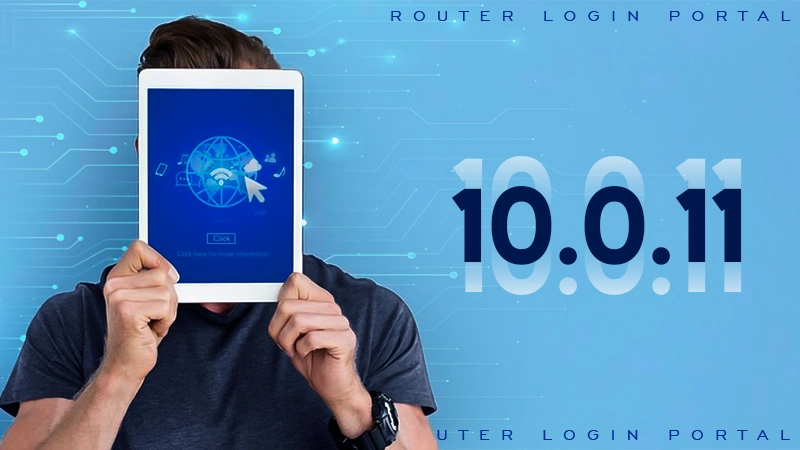SSID stands for “service set identifier,” and it is the name of your Wi-Fi network.
Have you ever glanced at your device’s Wi-Fi list and wondered what those names signify? Worry not; you’re not the only one. So, the names you see there are SSIDs or Service Set Identifiers.
I have covered everything in this blog if you’re coming across this term for the first time and have no clue about its role, uses, or how to optimize it. Read on!
What is SSID?
SSID stands for service set identifier, which is basically a Wi-Fi’s name. It can be up to 32 characters long and includes numbers and special characters.
You must have seen that many Wi-Fi names have the brand name combined with some number of characters. For example:
“TP-Link_016271” and “netgear56” could be the SSIDs of TP-Link and Netgear routers. Apart from that, if you borrow Wi-Fi from Starbucks, you may find the SSID to be “Starbucks_8756.”
Some random SSIDs even include funny phrases like “Not Gonna Give You Wi-Fi,” “Tell My Wi-Fi Love Her,” “Virus Alert,” and more.
What are the Uses of SSID?
The only purpose of SSID is to separate the names of different Wi-Fi networks. So, when you set up a router, the SSID will be the name you’ll assign to the network. Then, the router uses this unique ID to create a hotspot and act as an access point to the devices nearby.
These devices can identify the router with its SSID and establish a connection. However, the network will use some kind of security that is usually based on a WPA2 or WPA3 protocol. So, to connect, the users will need some sort of key or password.
How to Find Your Wi-Fi SSID?
When learning about SSID meaning for the first time, it is also relevant to know how to find one and connect to it. So, to find yours, you’ll need to follow the steps according to the device used. Take a look:
On a Router
When finding the SSID on a router, you must look for a sticker that is usually present at the bottom or sides of it. The default SSID and Wi-Fi password are written on the sticker only.
However, the details on the sticker would be useless if someone had changed your router SSID. In that case, follow these steps:
- Open the web browser on your system and enter the router’s IP address in the URL bar.
- Log in using the required username and password.
- Navigate to the Wi-Fi settings section, and there you’ll find the SSID.
On Windows
When using a PC or laptop with Windows OS, follow these steps:
- Click on the Wi-Fi icon present at the bottom right of the screen.
- You’ll see a list of available SSIDs.
- The SSID to which you are connected would be at the top of the list.

On macOS
When using a Mac, follow these steps:
- Navigate to the Wi-Fi icon located in the upper-right corner. There, you’ll find a list of available networks.
- You’ll see a blue Wi-Fi icon next to the network to which you’re connected. This is your SSID.
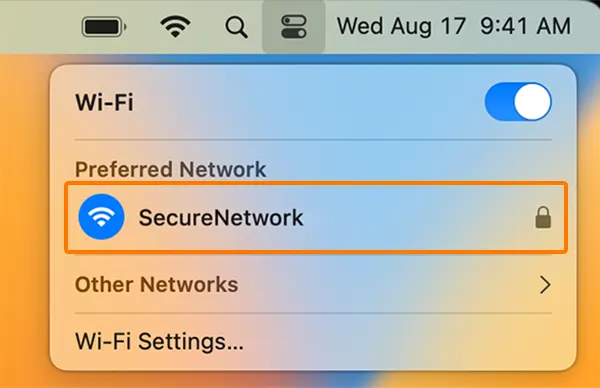
On iOS
On an iOS device, follow these steps:
- Go to Settings and tap on Wi-Fi.
- The name of the network you’re connected to would have a checkmark along with it. That’s your SSID.
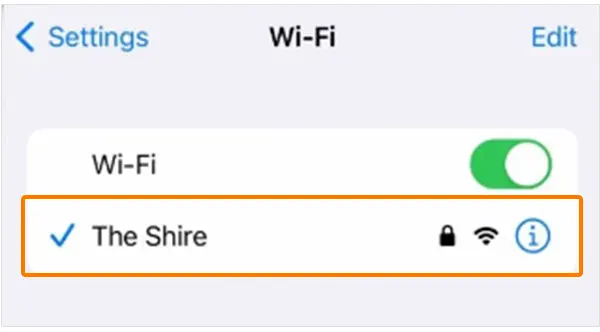
On Android
On an Android device, follow these steps:
- Open Settings and go to Wi-Fi.
- The network you’re connected to will be at the top and will be marked as “Connected.”
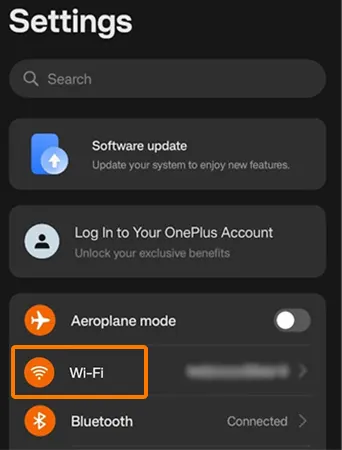 | 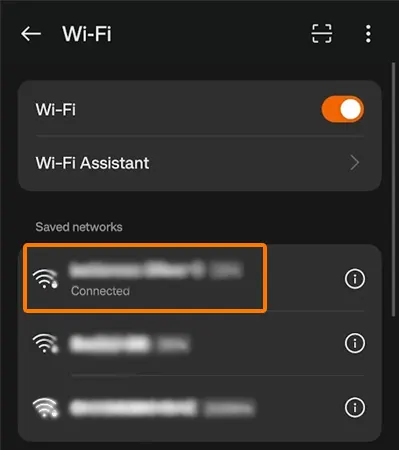 |
How to Change Your Wi-Fi SSID?
To change your Wi-Fi SSID, you’ll have to access your router’s panel. However, the steps vary slightly depending on your Wi-Fi network and the router’s manufacturer. So, if you have no idea about your router’s IP address and want to change your SSID, follow these steps:
On Windows
To change your SSID on Windows, follow these steps:
- Open the Start menu and type “Command Prompt” in the search box.
- Click on Command Prompt, type “ipconfig” in the console window, and press enter.
- Under the Default Gateway line, you’ll find your router’s IP address.
- Now, note down the IP address and write it down in the URL bar of the web browser you’re using.
- Log in using the username and password, which is “admin” in many cases.
- Then, find the configuration settings of your router and change its SSID.
On iOS
To change your SSID on an iOS device, follow these steps:
- Open the Apple Menu and choose System Preferences.
- Then, go to Network >> Wi-Fi >> Advanced >> TCP/IP.
- You’ll find your router’s IP address next to the Router option.
- Now, enter this IP address into the URL bar of your web browser.
- Log in using the username and password. (The default combination is usually admin/admin)
- Find the configuration settings of the router and change the SSID.
Can Multiple Networks Have Identical SSIDs?
Yes, two networks can have the same SSID and security settings. If that’s the case, your device will either connect to the one with a strong signal or the one discovered before. Nevertheless, a device can never connect to two networks simultaneously.
How to Secure and Hide Your SSID?
The simplest way to hide your SSID is by turning off the SSID broadcast, which will make it publicly invisible. Hiding your SSID may seem like an effective security measure, but it’s not that reliable.
This is because the SSID’s name can be easily located using third-party apps like NetStumbler and Kismet. Now, when it comes to security, you can take a few measures.
How to Make Your SSID More Secure?
Though most routers already have an encryption method (typically WPA2 or WPA3) for security purposes, you can implement the following methods to enhance the SSID’s security:
- Use a Firewall: Enable the built-in firewall in your router to block any suspicious network activities.
- Create a Separate Guest Network: Set up a secondary network only for the guests to connect to.
- Use a VPN: Use a VPN to hide your IP address and encrypt internet traffic.
- Keep the Router’s Firmware Updated: Update your router’s firmware regularly to avoid newer types of vulnerabilities or attacks.
- Change the Login Credentials: Keep updating the username and password of your router to keep the hackers away.
Final Thoughts
To manage and secure the Wi-Fi network, one must learn to define SSID and its importance. From identifying your SSID and understanding its uses to changing and securing it, the insights I have mentioned in this blog will help you gain all the required knowledge for optimizing your network.
Frequently Asked Questions
What is the SSID on your Wi-Fi?
Is SSID the same as password?
No, SSID is just the name, password is the set of characters required to connect to a Wi-Fi network.
How do I find my network security key?
The network security key is usually written on the back or bottom of the router.
How to check SSID of hotspot?
Go to: Settings >> Network & Internet >> Personal Hotspot. You’ll find the SSID under the network name.

